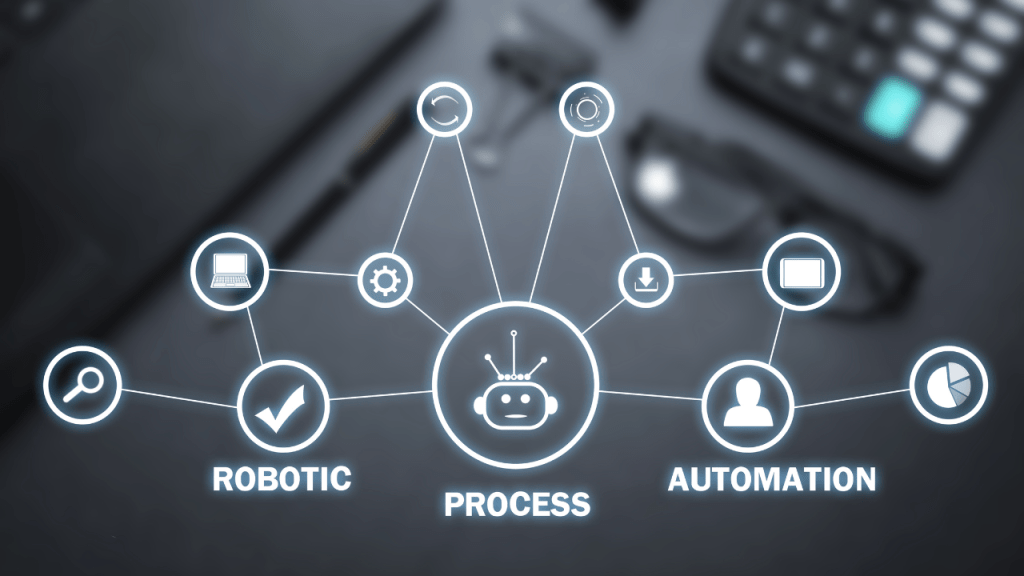A data scientist who can’t code is like a world-class chef without knives. You might understand flavors and cooking techniques, but without the right tools in your hand, you’re stuck.
In the same way, knowing statistics or machine learning theory is not enough without the ability to write code. Coding is what lets you transform raw, messy data into real insights and business impact.
In this article, we’ll break down why coding isn’t just helpful…it’s the core skill that defines a true data scientist.

Every data scientist’s workday follows a cycle: gather data, clean it, analyze it, and present results.
Coding is the thread that ties each of these steps together. Without it, the process slows down and often stops altogether.
Raw data is messy…it might have missing entries, mislabelled columns, or values that don’t make sense. Sometimes, it’s spread across multiple files or stored in databases that don’t line up neatly.
Manually fixing these problems is slow, error-prone, and nearly impossible at scale. Coding gives you the ability to automate this process.
With Python libraries like Pandas and NumPy, you can merge datasets, handle missing values, normalize formats, and create new features from existing ones. This isn’t just about saving time…it’s about creating a reliable, repeatable process that ensures you can always trust your results.
Knowing the theory behind algorithms is like knowing how a car engine works. But, if you want to actually drive, you need the keys.
Coding gives you those keys. It lets you not only build and train models, but also tweak them to fit the specific problem at hand. Pre-packaged software has limits…you can run models, but you can’t control how they’re built.
By writing code, you can adjust hyperparameters, create custom evaluation metrics, and even design new model architectures when needed. Libraries such as Scikit-learn, TensorFlow, and PyTorch put this level of control into your hands.
Once the models are built, you need to make sense of the results. This is where coding shines again. Statistical analysis often requires complex calculations and testing that spreadsheets simply can’t handle.
With code, you can run advanced methods, from hypothesis testing to regression diagnostics, with precision and speed. Then comes the storytelling part…turning numbers into visuals that decision-makers can understand at a glance.
Tools like Matplotlib, Seaborn, and Plotly let you build everything from simple line graphs to interactive dashboards, helping you reveal patterns and trends that would stay hidden in raw numbers.

Coding doesn’t just help you finish tasks…it multiplies what you can accomplish. By automating repetitive work and scaling small solutions into enterprise-level tools, coding makes you faster and more effective.
Many tasks repeat daily or weekly: pulling sales data, cleaning files, updating dashboards, or retraining models. Doing this by hand wastes time and invites mistakes. With code, you script these tasks once and let them run automatically on schedule.
This not only saves hours but also shifts your focus to analysis and decision-making. A few lines of Python can query data, update a report, and deliver it in minutes instead of a full day of manual work.
What works for a thousand records today should still work for millions tomorrow. Coding makes that possible. By using efficient libraries or distributed systems like Spark, scripts can grow with the data instead of breaking down.
Pre-built tools often choke as data volume rises, but well-written code scales smoothly. That keeps your solutions reliable and ready for growth.
Coding isn’t just a tool for getting today’s tasks done…it’s the skill that keeps your career moving forward and protects you from becoming replaceable.
No-code and low-code tools are useful for quick projects, but they only take you so far. They turn you into a button-clicker instead of a builder. Employers know the difference.
Someone who can code demonstrates real problem-solving ability, not just the ability to operate software. That distinction carries weight in hiring and promotion decisions.
Strong coding skills show that you can adapt, troubleshoot, and create solutions when standard tools fail. This is what moves you into senior roles, leadership positions, and opportunities where you’re trusted to design systems instead of just using them.
Data science is one of the fastest-changing fields in technology. New methods, libraries, and algorithms are released every year, sometimes every month. If you rely only on vendor tools, you’re always behind, waiting for updates.
When you know how to code, you can download a new library today, try out the latest techniques tomorrow, and bring new ideas directly into your work. That adaptability keeps your skills fresh and your projects ahead of the curve.
Coding also gives you independence. Instead of being tied to the pace of third-party platforms, you can experiment, prototype, and test ideas right away.
This not only makes your work more interesting but also keeps you competitive in a field where standing still means falling behind.

A data scientist doesn’t need to master every programming language, but there are a handful of tools that form the foundation of day-to-day work.
These aren’t just nice extras…they’re the skills that keep you productive and effective across any project.
Python is the backbone of modern data science. Its clean syntax makes it easy to learn, even for beginners, yet it’s powerful enough to handle the most advanced machine learning projects.
Its strength lies in its massive library ecosystem: Pandas for data manipulation, NumPy for mathematical operations, Scikit-learn for machine learning, and frameworks like TensorFlow and PyTorch for deep learning.
Python acts like a multi-tool…you can use it for cleaning data, building models, creating visualizations, or deploying a project into production. That versatility is why almost every data science job posting lists Python as a requirement.
While Python often takes the spotlight, R holds its own, especially in academia, healthcare research, and specialized fields like biostatistics.
R is designed for statistics from the ground up, with packages that make it easy to run advanced tests, fit models, and generate professional-grade visualizations.
Collections like the Tidyverse simplify workflows and encourage clear, readable code. If you’re aiming to work in research-heavy industries or projects with heavy emphasis on statistical modeling, R is a valuable skill that complements Python.
Before you can analyze data, you need to get your hands on it. That’s where SQL (Structured Query Language) comes in.
Nearly all business data, whether stored in MySQL, PostgreSQL, or cloud systems like BigQuery, lives in databases. SQL gives you a universal way to extract, filter, and join that data.
A strong grasp of SQL means you don’t have to rely on someone else to pull datasets for you. It also helps you optimize queries, so you’re not waiting hours for results. In practice, SQL is often the very first step in any analysis, making it an essential tool.
When multiple people are working on the same project, or even when you’re working alone, keeping track of code changes is vital.
Git works like “track changes” in Word, but built for programming. It lets you save snapshots of your work, roll back mistakes, and collaborate without stepping on each other’s code.
Platforms like GitHub and GitLab make sharing and reviewing code seamless, and they’re used by nearly every professional data team. Without version control, projects become messy and error-prone. With it, collaboration is smooth, and disasters are easier to avoid.
A lot of people imagine data science code as walls of complex math and algorithms. In reality, much of it is straightforward.
Here’s a small Python snippet using Pandas:
import pandas as pd
# Load a dataset
data = pd.read_csv("sales_data.csv")
# Show first few rows
print(data.head())
# Check for missing values
print(data.isnull().sum())
This simple script:
That’s the first step every data scientist takes when meeting a new dataset. The code isn’t intimidating…it’s logical, clear, and powerful.
Coding is more than a tool…it’s the foundation of data science. Without it, knowledge of statistics or machine learning stays theoretical. With it, you can clean data, build models, and communicate insights that drive real business value.
While technologies and libraries will continue to change, the problem-solving mindset you gain from coding will always be relevant. If you want a lasting career in data science, treat coding not as an obstacle but as the skill that turns ideas into results. Start small, keep practicing, and let coding open the door to real impact.